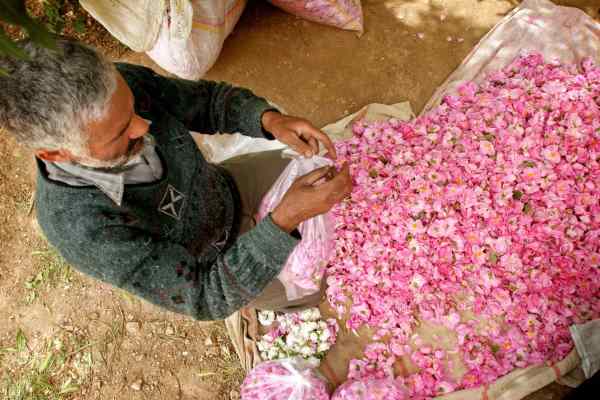Culinary and Aromatic Journey Across the Islamic World
“My most vivid scent from Beirut was that of gardenias. Our neighbor’s garden was full of gardenia trees and when they flowered, the smell was so heady and divine that I would stay outside just to enjoy it,” recalls Lebanese-born Anissa Helou. As a journalist, chef and prolific cookbook author, she has traveled the world collecting recipes and learning how different nationalities prepare their food. Yet when I ask her for a favorite scent memory, it’s the perfume of Lebanese gardenias that she describes.


I was inspired to reach out to Helou after I spent a few weeks in a haze of coriander, rosewater and saffron, thanks to her magnum opus, Feast: Food of the Islamic World. Published this spring after many years of extensive research, it’s a fascinating compendium of recipes from countries united by their Islamic heritage. As I describe in my article for FT Magazine, A Cultural And Aromatic Journey Across the Islamic World, another common link among the diverse cuisines Helou describes is their attention to aromatics.

















Joi in Giorgio Armani Mania : Long Lost Favorite Perfume: Yes!! January 25, 2024 at 2:54am